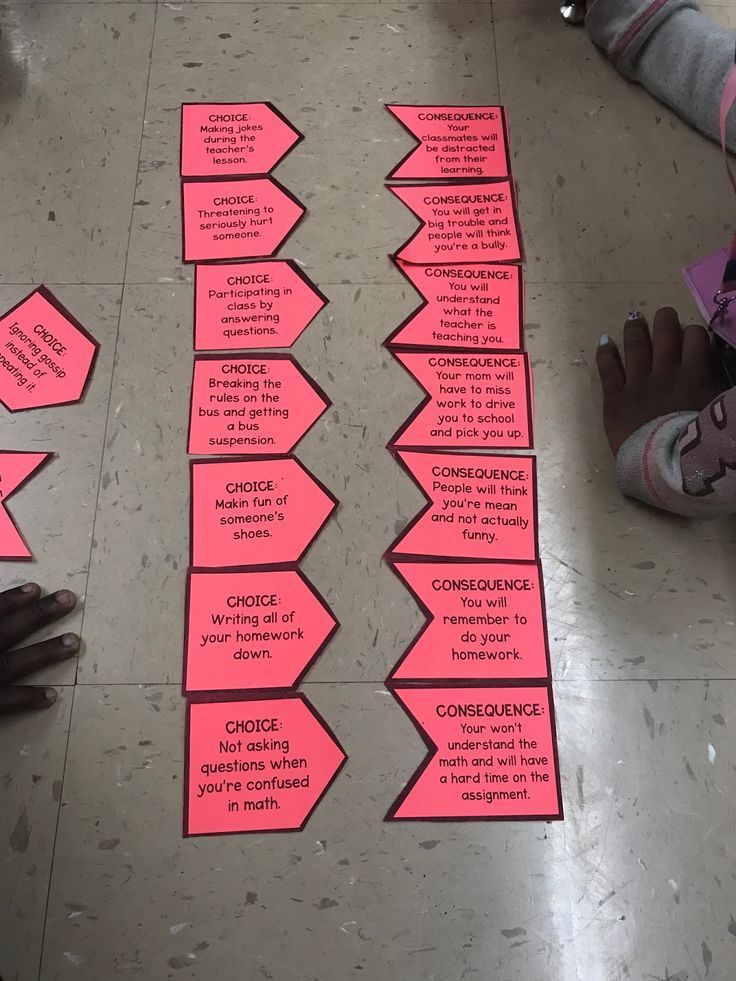All about firefighting
U.S. Bureau of Labor Statistics
PRINTER-FRIENDLY
Summary
Please enable javascript to play this video.
Video transcript available at https://www. youtube.com/watch?v=DNK5dYGn3Fg.
| Quick Facts: Firefighters | |
|---|---|
| 2021 Median Pay |
$50,700 per year
$24.38 per hour |
| Typical Entry-Level Education | Postsecondary nondegree award |
| Work Experience in a Related Occupation | None |
| On-the-job Training | Long-term on-the-job training |
| Number of Jobs, 2021 | 326,100 |
| Job Outlook, 2021-31 | 4% (As fast as average) |
| Employment Change, 2021-31 | 13,900 |
What Firefighters Do
Firefighters control and put out fires and respond to emergencies involving life, property, or the environment.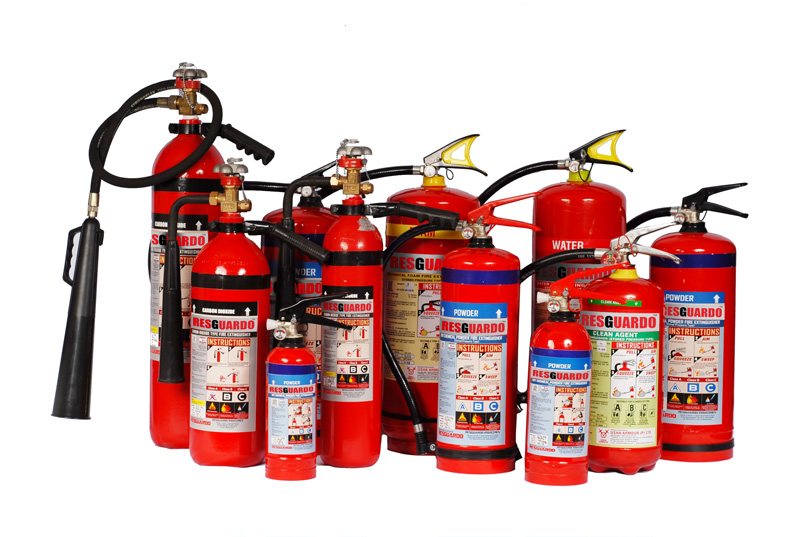
Work Environment
On the scene of a fire or other emergency, firefighters’ work may be dangerous. On call at fire stations, firefighters sleep, eat, and perform other duties during shifts that often last 24 hours. Most paid firefighters work full time.
How to Become a Firefighter
Firefighters typically need a high school diploma and training in emergency medical services. Most firefighters receive training at a fire academy. Other credential requirements, such as emergency medical technician (EMT) certification, vary by state or locality.
Pay
The median annual wage for firefighters was $50,700 in May 2021.
Job Outlook
Employment of firefighters is projected to grow 4 percent from 2021 to 2031, about as fast as the average for all occupations.
About 28,000 openings for firefighters are projected each year, on average, over the decade.
Many of those openings are expected to result from the need to replace workers who transfer to different occupations or exit the labor force, such as to retire.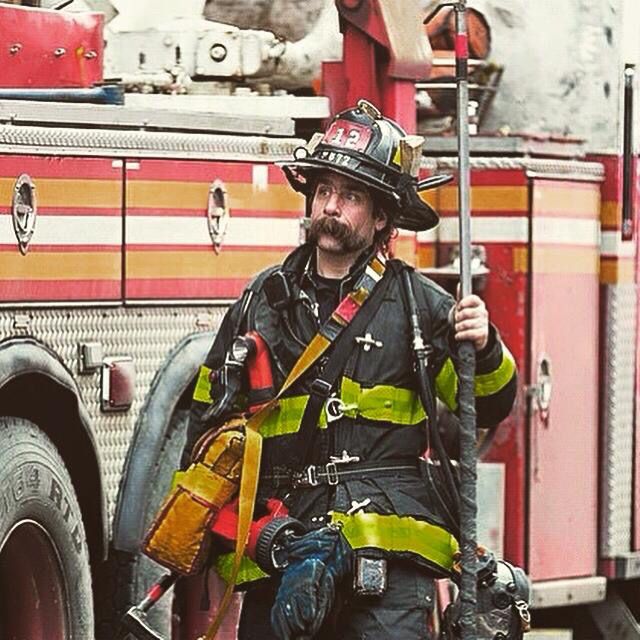
State & Area Data
Explore resources for employment and wages by state and area for firefighters.
Similar Occupations
Compare the job duties, education, job growth, and pay of firefighters with similar occupations.
More Information, Including Links to O*NET
Learn more about firefighters by visiting additional resources, including O*NET, a source on key characteristics of workers and occupations.
Many firefighters are responsible for providing medical attention.
Firefighters control and put out fires and respond to emergencies involving life, property, or the environment.
Duties
Firefighters typically do the following:
- Respond to emergencies
- Drive firetrucks and other emergency vehicles
- Put out fires using water hoses, fire extinguishers, and water pumps
- Find and rescue occupants of burning buildings or other emergency situations
- Treat sick or injured people
- Prepare written reports about emergency incidents
- Clean and maintain equipment
- Conduct and participate in drills related to rescue tactics, equipment use, and treatment of victims in emergency medical situations
When responding to a fire, firefighters are responsible for connecting hoses to hydrants, operating the pumps that power the hoses, climbing ladders, and using other tools to break through debris.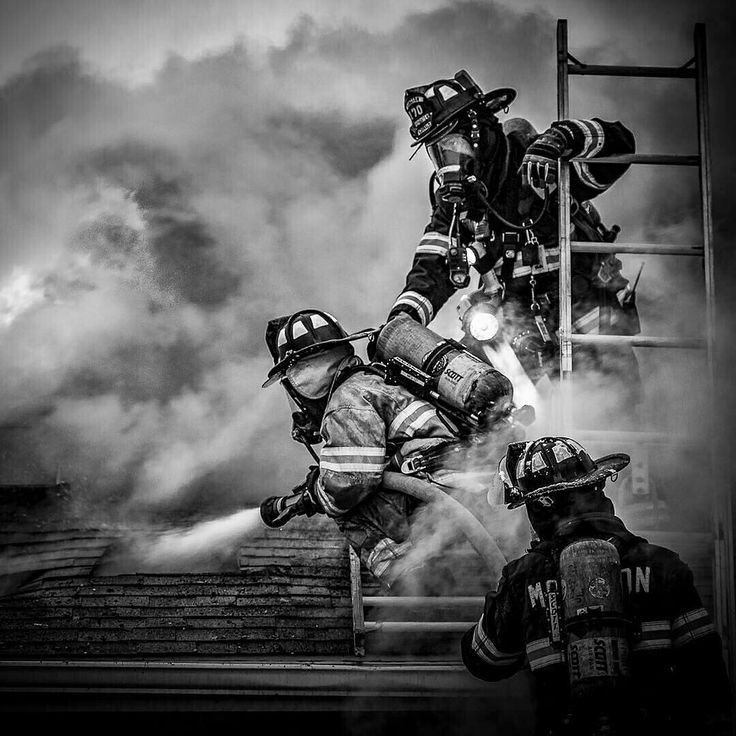 Firefighters also enter burning buildings to extinguish fires, rescue any occupants inside, and give medical treatment as needed.
Firefighters also enter burning buildings to extinguish fires, rescue any occupants inside, and give medical treatment as needed.
Firefighters provide medical attention in a variety of situations. In fact, most calls to firefighters are for medical emergencies, not fires, according to the National Fire Protection Association. Other types of emergency calls that firefighters respond to include disaster aid, search-and-rescue operations, and traffic accidents.
Some firefighters also work in hazardous materials (hazmat) units and are specially trained in controlling and cleaning up oil spills, chemical accidents, and other potentially harmful substances. They work with hazardous materials removal workers in these cases.
When firefighters are not responding to an emergency, they often participate in other activities related to their work. For example, they must maintain a high level of physical fitness. On call at a fire station, firefighters regularly inspect equipment and practice drills.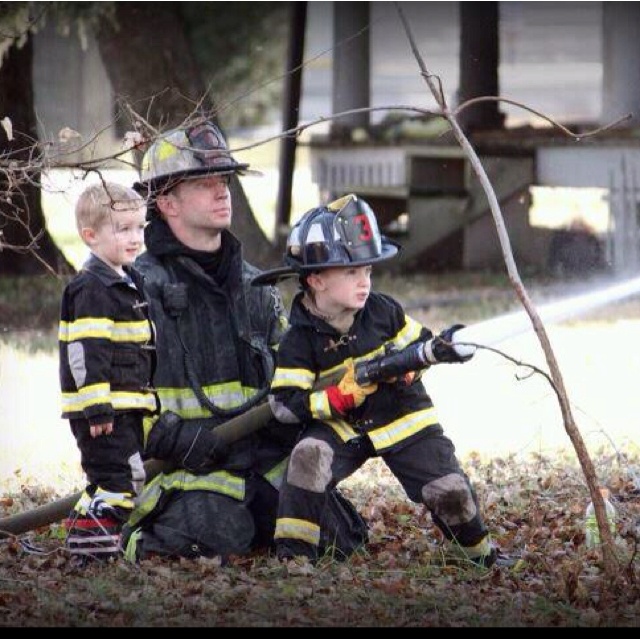 They also eat and sleep at the station, as their shifts usually last 24 hours. Some firefighters make presentations about fire safety to educate the public, such as at a school.
They also eat and sleep at the station, as their shifts usually last 24 hours. Some firefighters make presentations about fire safety to educate the public, such as at a school.
Wildland firefighters are specially trained to control forest fires. Wildland firefighters frequently create fire lines—a swath of cut-down trees and dug-up grass in the path of a fire—to deprive a fire of fuel. They also use prescribed fires to burn potential fire fuel under controlled conditions. Some wildland firefighters, known as smoke jumpers, parachute from airplanes to reach otherwise inaccessible areas.
Firefighters respond to emergencies such as car accidents.
Firefighters held about 326,100 jobs in 2021. The largest employers of firefighters were as follows:
| Local government, excluding education and hospitals | 87% |
| State government, excluding education and hospitals | 3 |
| Federal government, excluding postal service | 3 |
These employment numbers exclude volunteer firefighters, who share the same duties as paid firefighters.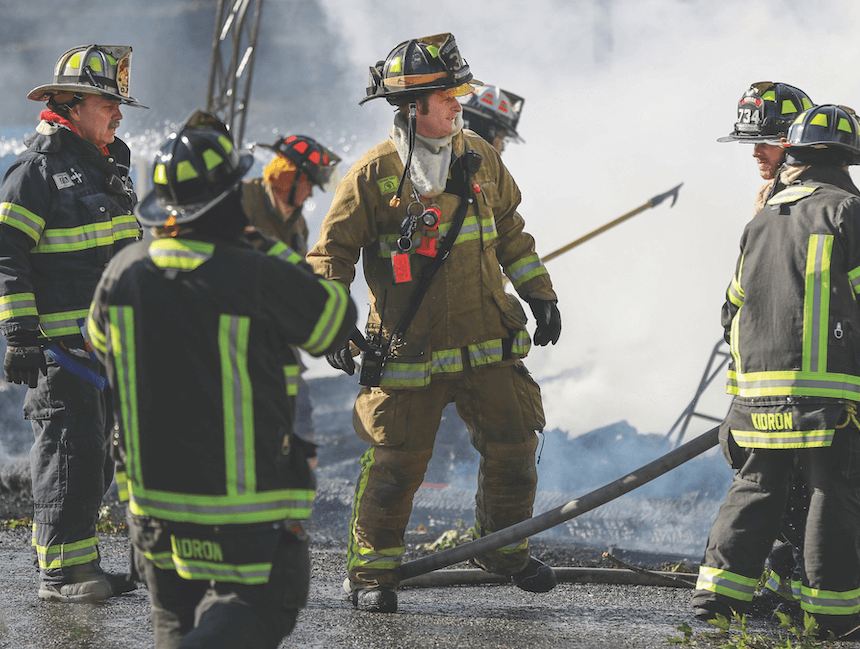
Volunteer firefighters account for the largest share of firefighters nationwide, especially in communities of fewer than 25,000, according to the National Fire Protection Association.
When responding to an emergency, firefighters often wear protective gear, which can be very heavy and hot. On call at fire stations, firefighters sleep, eat, and do other nonemergency tasks, such as work on equipment.
Injuries and Illnesses
Firefighters have one of the highest rates of injuries and illnesses of all occupations. They often encounter dangerous situations, including collapsing floors and walls and overexposure to flames and smoke. Workers must wear protective gear to help lower these risks.
Work Schedules
Firefighters typically work long periods; overtime is common, and their hours vary. For example, firefighters may work 24-hour shifts on duty, followed by 48 or 72 hours off duty.
When combating forest and wildland fires, firefighters may work for extended periods.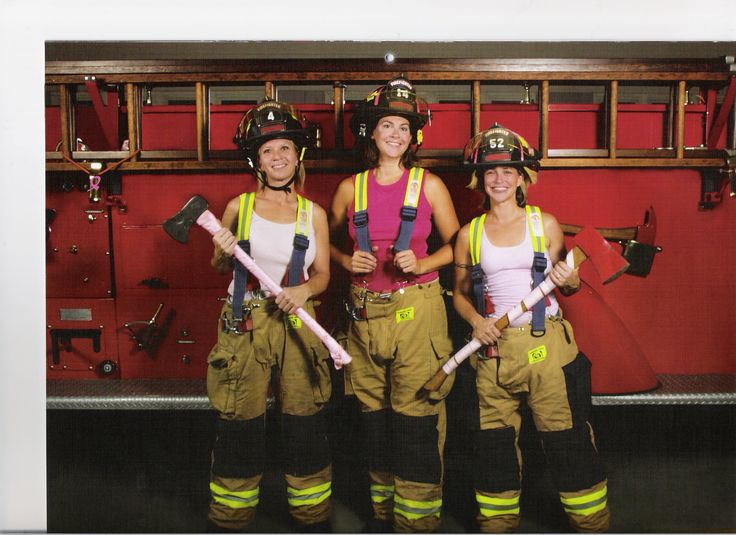 For example, wildland firefighters may have to stay in a fire camp, a temporary site set up to provide shelter and support for days or weeks when a wildland fire breaks out.
For example, wildland firefighters may have to stay in a fire camp, a temporary site set up to provide shelter and support for days or weeks when a wildland fire breaks out.
Work for wildland firefighters may be seasonal. During certain times of the year, wildland firefighters might not work or might have limited hours.
Firefighters begin their careers by attending fire academy training.
Firefighters typically need a high school diploma and training in emergency medical services. Prospective firefighters must pass written and physical tests, complete interviews, and train at a fire academy. Additionally, fire departments may require firefighters to have other credentials, such as emergency medical technician (EMT) certification. Firefighters must complete continuing education to obtain or maintain these credentials.
Applicants for firefighter jobs typically must be at least 18 years old and have a valid driver’s license.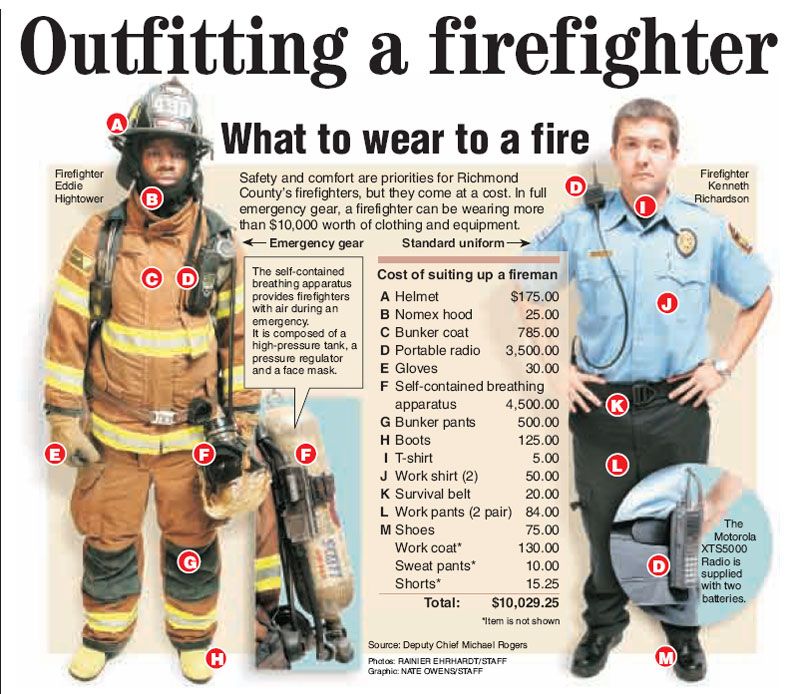 They must also pass a medical exam and drug screening to be hired. After being hired, firefighters may be subject to random drug tests and also need to complete routine physical fitness assessments.
They must also pass a medical exam and drug screening to be hired. After being hired, firefighters may be subject to random drug tests and also need to complete routine physical fitness assessments.
Education
The entry-level education typically required to become a firefighter is a high school diploma or equivalent. However, some postsecondary instruction, such as in assessing patients’ conditions, dealing with trauma, and clearing obstructed airways, is usually needed to obtain the emergency medical technician (EMT) certification. EMT requirements vary by city and state.
Training
Entry-level firefighters receive a few months of training at fire academies run by the fire department or by the state. Recruits learn firefighting and fire-prevention techniques, local building codes, and emergency medical procedures. They also learn how to fight fires with standard equipment, including axes, chain saws, fire extinguishers, and ladders. After attending a fire academy, firefighters usually must complete a probationary period.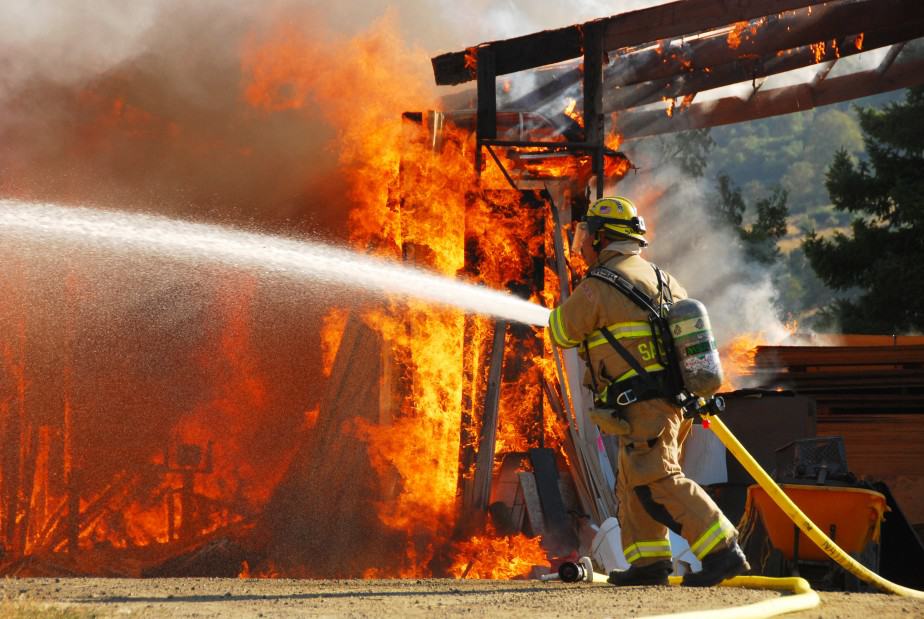
Those wishing to become wildland firefighters may attend apprenticeship programs that last up to 4 years. These programs combine instruction with on-the-job-training under the supervision of experienced firefighters.
In addition to participating in training programs conducted by local or state fire departments and agencies, some firefighters attend federal training sessions sponsored by the National Fire Academy. These sessions cover topics including anti-arson techniques, disaster preparedness, hazardous materials control, and public fire safety and education.
Licenses, Certifications, and Registrations
Requirements for licensure or certification vary by state or locality. Check with your local state licensing agency or local fire department for more information.
Firefighters may need certain credentials, such as emergency medical technician (EMT) and paramedic certifications. The National Registry of Emergency Medical Technicians (NREMT) certifies EMTs and paramedics who have completed a formal program and passed the national exam.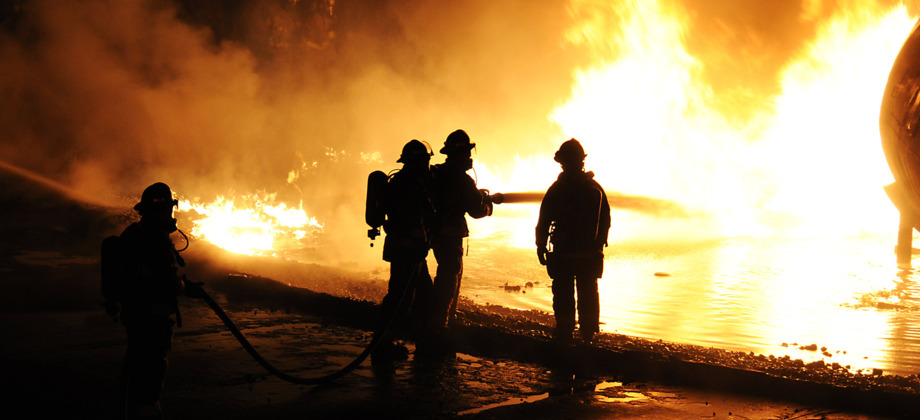 More information about EMTs and paramedics is available in a separate profile.
More information about EMTs and paramedics is available in a separate profile.
Continuing education is required to maintain these credentials.
Depending on the state or locality, some firefighters are required to have a commercial driver’s license (CDL) or driver’s license with firefighter endorsement to operate a firetruck.
Other Experience
Working as a volunteer firefighter may be helpful in getting a job as a career firefighter.
Advancement
Firefighters may be promoted to engineer, then to lieutenant, captain, battalion chief, assistant chief, deputy chief, and chief. For promotion to positions beyond battalion chief, many fire departments require candidates to have a bachelor's degree, preferably in fire science, public administration, or a related field. Some firefighters eventually become fire inspectors or investigators after gaining enough experience.
Important Qualities
Communication skills.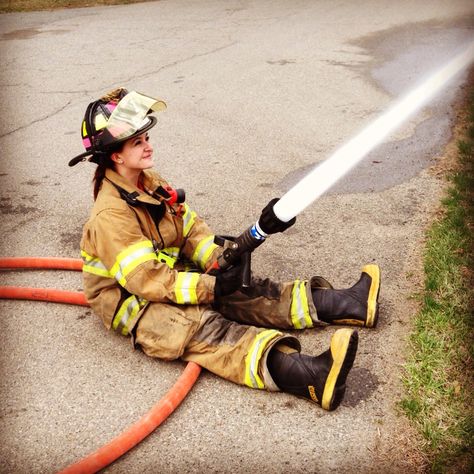 Firefighters must be able to explain conditions at an emergency scene to other firefighters and to emergency-response crews.
Firefighters must be able to explain conditions at an emergency scene to other firefighters and to emergency-response crews.
Compassion. Firefighters, like EMTs and paramedics, need to provide emotional support to those in emergency situations.
Decision-making skills. Firefighters must be able to make difficult choices quickly, sometimes in life-or-death situations.
Mental preparedness. Firefighters must be able to handle the stressfulness of their work, which may involve entering a burning building or treating medical emergencies.
Physical stamina. Firefighters may have to stay at disaster scenes for long periods of time to rescue and treat victims.
Physical strength. Firefighters must be strong enough to carry heavy equipment and move debris at an emergency site. They also carry victims who cannot walk.
Firefighters
Median annual wages, May 2021
- Firefighting and prevention workers
$50,930
- Firefighters
$50,700
- Total, all occupations
$45,760
The median annual wage for firefighters was $50,700 in May 2021. The median wage is the wage at which half the workers in an occupation earned more than that amount and half earned less. The lowest 10 percent earned less than $29,030, and the highest 10 percent earned more than $81,640.
In May 2021, the median annual wages for firefighters in the top industries in which they worked were as follows:
| Federal government, excluding postal service | $55,330 |
| State government, excluding education and hospitals | 53,800 |
| Local government, excluding education and hospitals | 51,220 |
Firefighters typically work long periods; overtime is common, and their hours vary.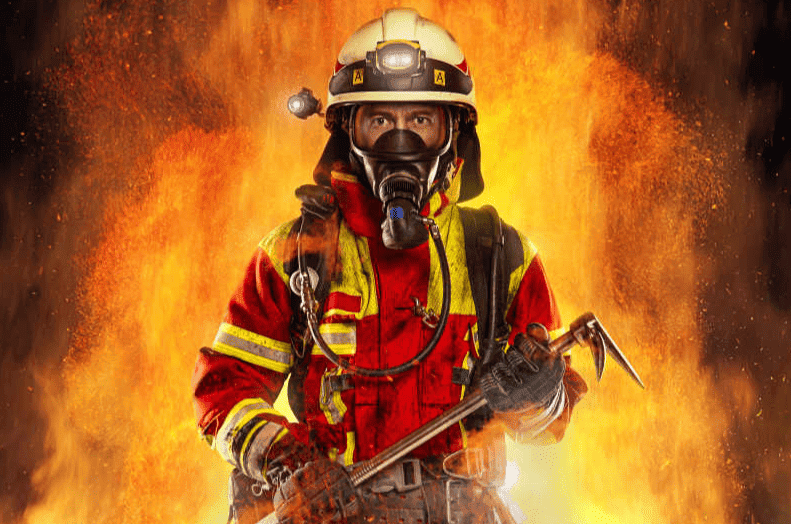 For example, firefighters may work 24-hour shifts on duty, followed by 48 or 72 hours off duty.
For example, firefighters may work 24-hour shifts on duty, followed by 48 or 72 hours off duty.
When combating forest and wildland fires, firefighters may work for extended periods. For example, wildland firefighters may have to stay for days or weeks when a wildland fire breaks out.
Firefighters
Percent change in employment, projected 2021-31
- Total, all occupations
- Firefighting and prevention workers
- Firefighters
Employment of firefighters is projected to grow 4 percent from 2021 to 2031, about as fast as the average for all occupations.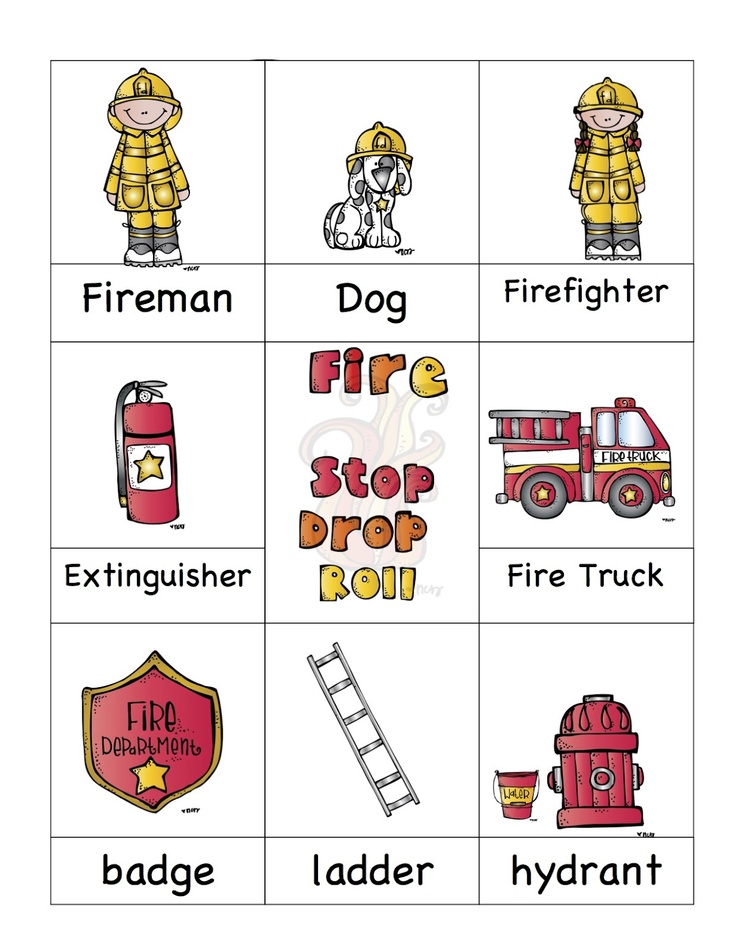
About 28,000 openings for firefighters are projected each year, on average, over the decade. Many of those openings are expected to result from the need to replace workers who transfer to different occupations or exit the labor force, such as to retire.
Employment
Although improved building materials and building codes have resulted in a long-term decrease in fires and fire fatalities, firefighters will still be needed to respond to fires. Wildland firefighters will still be needed to combat active fires and manage the environment to reduce the impact of fires. Firefighters will also continue to respond to medical emergencies.
| Occupational Title | SOC Code | Employment, 2021 | Projected Employment, 2031 | Change, 2021-31 | Employment by Industry | ||
|---|---|---|---|---|---|---|---|
| Percent | Numeric | ||||||
SOURCE: U. |
|||||||
Firefighters |
33-2011 | 326,100 | 340,000 | 4 | 13,900 | Get data | |
The Occupational Employment and Wage Statistics (OEWS) program produces employment and wage estimates annually for over 800 occupations. These estimates are available for the nation as a whole, for individual states, and for metropolitan and nonmetropolitan areas. The link(s) below go to OEWS data maps for employment and wages by state and area.
- Firefighters
Occupational employment projections are developed for all states by Labor Market Information (LMI) or individual state Employment Projections offices. All state projections data are available at www.projectionscentral.com. Information on this site allows projected employment growth for an occupation to be compared among states or to be compared within one state. In addition, states may produce projections for areas; there are links to each state’s websites where these data may be retrieved.
All state projections data are available at www.projectionscentral.com. Information on this site allows projected employment growth for an occupation to be compared among states or to be compared within one state. In addition, states may produce projections for areas; there are links to each state’s websites where these data may be retrieved.
CareerOneStop includes hundreds of occupational profiles with data available by state and metro area. There are links in the left-hand side menu to compare occupational employment by state and occupational wages by local area or metro area. There is also a salary info tool to search for wages by zip code.
This table shows a list of occupations with job duties that are similar to those of firefighters.
| Occupation | Job Duties | ENTRY-LEVEL EDUCATION | 2021 MEDIAN PAY | |
|---|---|---|---|---|
| EMTs and Paramedics |
Emergency medical technicians (EMTs) and paramedics respond to emergency calls, performing medical services and transporting patients to medical facilities. |
Postsecondary nondegree award | $36,930 | |
| Fire Inspectors |
Fire inspectors examine buildings in order to detect fire hazards and ensure that federal, state, and local fire codes are met. |
See How to Become One | $63,080 | |
| Forest and Conservation Workers |
Forest and conservation workers measure and improve the quality of forests. |
High school diploma or equivalent | $30,550 | |
| Hazardous Materials Removal Workers |
Hazardous materials removal workers identify and dispose of harmful substances such as asbestos, lead, and radioactive waste. |
High school diploma or equivalent | $46,300 | |
| Police and Detectives |
Police officers protect lives and property. |
See How to Become One | $66,020 |
For information about a career as a firefighter, contact your local fire department or visit
International Association of Fire Fighters
International Association of Women in Fire & Emergency Services
U.S. Fire Administration
National Fire Protection Association
For information about a career as a wildland firefighter, visit
National Wildfire Coordinating Group
For information about professional qualifications and a list of colleges and universities offering 2- or 4-year degree programs in fire science and fire prevention, visit
National Fire Academy, U. S. Fire Administration
S. Fire Administration
For more information about emergency medical technicians and paramedics, visit
National Registry of Emergency Medical Technicians
O*NET
Firefighters
Jobs, Career, Salary and Education Information
Career, Salary and Education Information
What They Do: Firefighters control and put out fires and respond to emergencies where life, property, or the environment is at risk.
Work Environment: When on the scenes of fires and other emergencies, the work can be very dangerous. When not on the scene of an emergency, firefighters remain on call at fire stations, where they sleep, eat, and perform other duties during shifts that often last 24 hours. Many work more than 40 hours per week.
Many work more than 40 hours per week.
How to Become One: Firefighters typically need a high school diploma and training in emergency medical services. Most firefighters receive training at a fire academy, must pass written and physical tests, complete a series of interviews, and hold an emergency medical technician certification.
Salary: The median annual wage for firefighters is $50,700.
Job Outlook: Employment of firefighters is projected to grow 4 percent over the next ten years, about as fast as the average for all occupations.
Related Careers: Compare the job duties, education, job growth, and pay of firefighters with similar occupations.
Following is everything you need to know about a career as a firefighter with lots of details. As a first step, take a look at some of the following jobs, which are real jobs with real employers. You will be able to see the very real job career requirements for employers who are actively hiring. The link will open in a new tab so that you can come back to this page to continue reading about the career:
Top 3 Firefighter Jobs
-
Firefighter
- Idaho National Laboratory
- Idaho Falls, ID
Idaho National Laboratory's (INL) Fire Department Operations group is seeking forward-thinking professionals interested in exploring a career as a Firefighter .
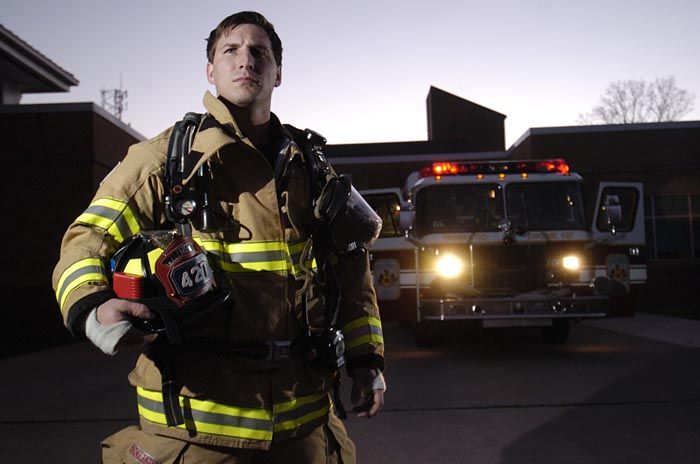 Responsibilities Include: * Upon ...
Responsibilities Include: * Upon ... -
SEASONAL WILDLAND FIREFIGHTER
- City of Farmington
- Farmington, NM
SEASONAL WILDLAND FIREFIGHTER - 2023 SEASON NUMBER OF VACANCIES: 6 DEPARTMENT: Fire TYPE OF POSITION: Seasonal, Part-Time WORK LOCATION: Fire Operations HOURS WORKED: 32 hrs/week, Unless Deployed ...
-
FT- Entry Level Firefighter & Lateral Firefighter/AEMT/Paramedic
- Ogden City Corporation
- Ogden, UT
ENTRY LEVEL FIREFIGHTER & LATERAL FIREFIGHTER /AEMT/PARAMEDIC 48/96 Shift Schedule - Ogden City Fire Department ENTRY LEVEL FIREFIGHTER Annual Firefighter Salary Range - $47,674.80 - $69,329.74 ...
See all Firefighter jobs
Firefighters control and put out fires and respond to emergencies where life, property, or the environment is at risk.
Duties of Firefighters
Firefighters typically do the following:
- Drive firetrucks and other emergency vehicles
- Put out fires using water hoses, fire extinguishers, and water pumps
- Find and rescue victims in burning buildings or in other emergency situations
- Treat sick or injured people
- Prepare written reports on emergency incidents
- Clean and maintain equipment
- Conduct drills and physical fitness training
When responding to an emergency, firefighters are responsible for connecting hoses to hydrants, operating the pumps that power the hoses, climbing ladders, and using other tools to break through debris. Firefighters also enter burning buildings to extinguish fires and rescue individuals. Many firefighters are responsible for providing medical attention. Two out of three calls to firefighters are for medical emergencies, not fires, according to the National Fire Protection Association.
When firefighters are not responding to an emergency, they are on call at a fire station. During this time, they regularly inspect equipment and perform practice drills. They also eat and sleep and remain on call, as their shifts usually last 24 hours. Some firefighters may provide public education about fire safety, such as presenting about fire safety at a school.
Some firefighters also work in hazardous materials units and are specially trained to control and clean up hazardous materials, such as oil spills and chemical accidents. They work with hazardous materials removal workers in these cases.
Wildland firefighters are specially trained firefighters. They use heavy equipment and water hoses to control forest fires. Wildland firefighters also frequently create fire lines—a swath of cut-down trees and dug-up grass in the path of a fire—to deprive a fire of fuel. They also use prescribed fires to burn potential fire fuel under controlled conditions.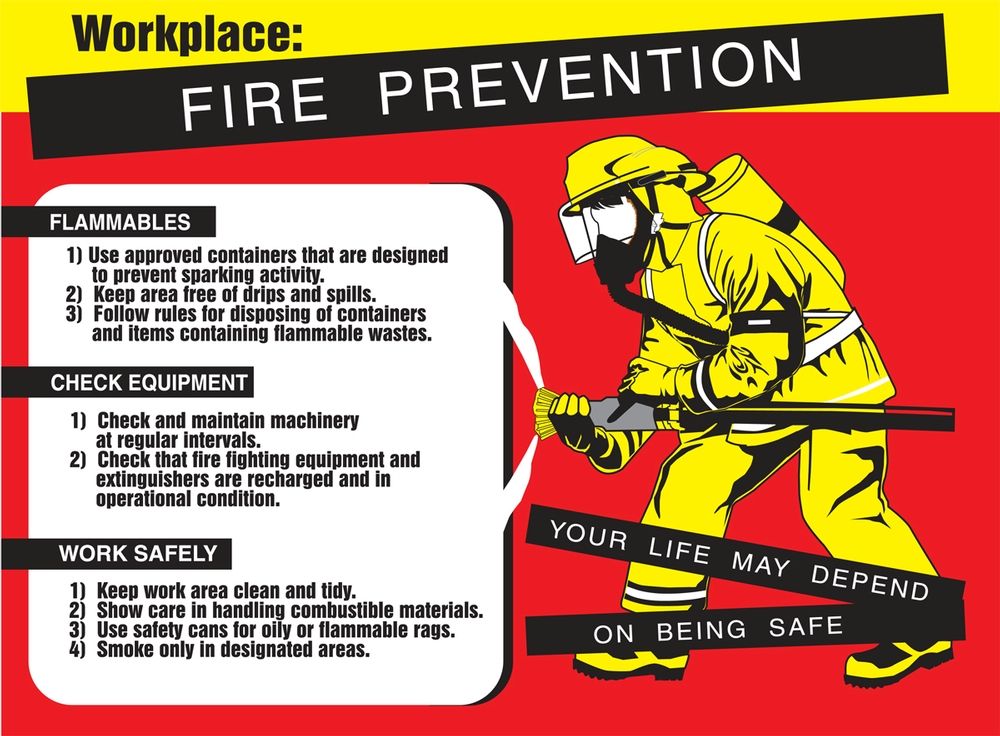 Some wildland firefighters, known as
smoke jumpers, parachute from airplanes to reach otherwise inaccessible areas.
Some wildland firefighters, known as
smoke jumpers, parachute from airplanes to reach otherwise inaccessible areas.
Firefighters hold about 326,100 jobs. The largest employers of firefighters are as follows:
| Local government, excluding education and hospitals | 87% |
| State government, excluding education and hospitals | 3% |
| Federal government, excluding postal service | 3% |
These employment numbers exclude volunteer firefighters.
Volunteer firefighters account for the largest share of firefighters nationwide, especially in communities of fewer than 25,000, according to the National Fire Protection Association.
When responding to an emergency, firefighters often wear protective gear, which can be very heavy and hot. On call at fire stations, firefighters sleep, eat, and do other nonemergency tasks, such as work on equipment.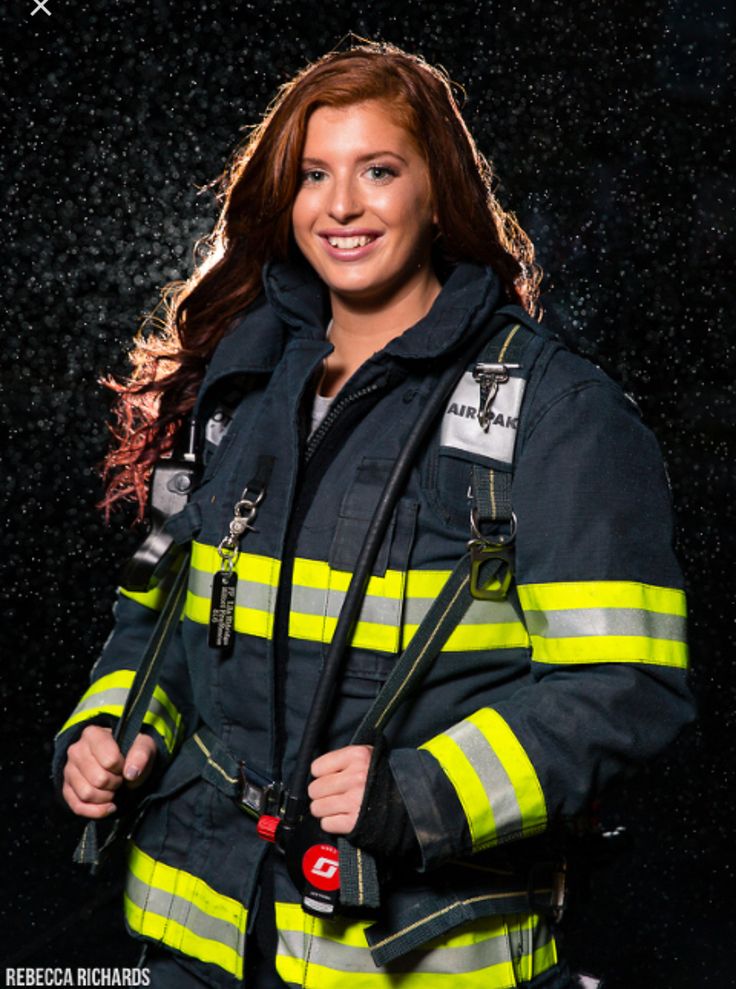
Injuries and Illnesses for Firefighters
Firefighters have one of the highest rates of injuries and illnesses of all occupations. They often encounter dangerous situations, including collapsing floors and walls, traffic accidents, and overexposure to flames and smoke. As a result, workers must wear protective gear to help lower these risks.
Firefighter Work Schedules
Firefighters typically work long periods; overtime is common, and their hours vary. For example, firefighters may work 24-hour shifts on duty, followed by 48 or 72 hours off duty.
When combating forest and wildland fires, firefighters may work for extended periods. For example, wildland firefighters may have to stay in a fire camp, a temporary site set up to provide shelter and support for days or weeks when a wildland fire breaks out.
Work for wildland firefighters may be seasonal. During certain times of the year, wildland firefighters might not work or might have limited hours.
Get the education you need: Find schools for Firefighters near you!
Firefighters typically need a high school diploma and training in emergency medical services.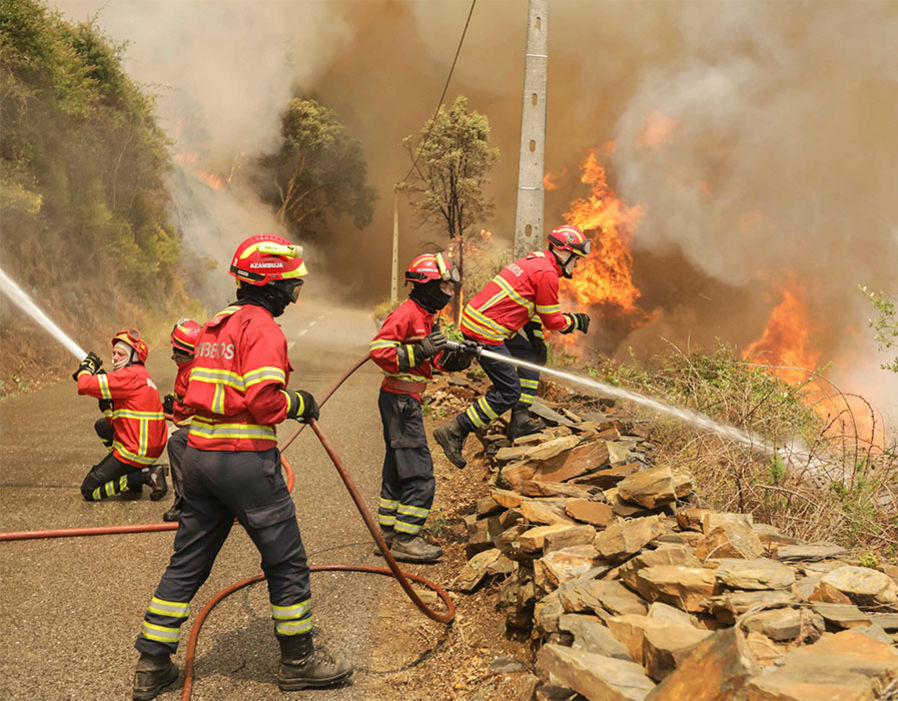 Prospective firefighters must pass written and physical tests, complete a series of interviews, go through training at a fire academy, and hold an emergency medical technician (EMT) certification.
Prospective firefighters must pass written and physical tests, complete a series of interviews, go through training at a fire academy, and hold an emergency medical technician (EMT) certification.
Applicants for firefighter jobs typically must be at least 18 years old and have a valid driver's license. They must also pass a medical exam and drug screening to be hired. After being hired, firefighters may be subject to random drug tests and will also need to complete routine physical fitness assessments.
This form requires javascript.
Education for Firefighters
The entry-level education needed to become a firefighter is a high school diploma or equivalent. However, some classwork beyond high school, such as instruction in assessing patients' conditions, dealing with trauma, and clearing obstructed airways, is usually needed to obtain the emergency medical technician (EMT) certification. EMT requirements vary by city and state.
Firefighter Training
Entry-level firefighters receive a few months of training at fire academies run by the fire department or by the state.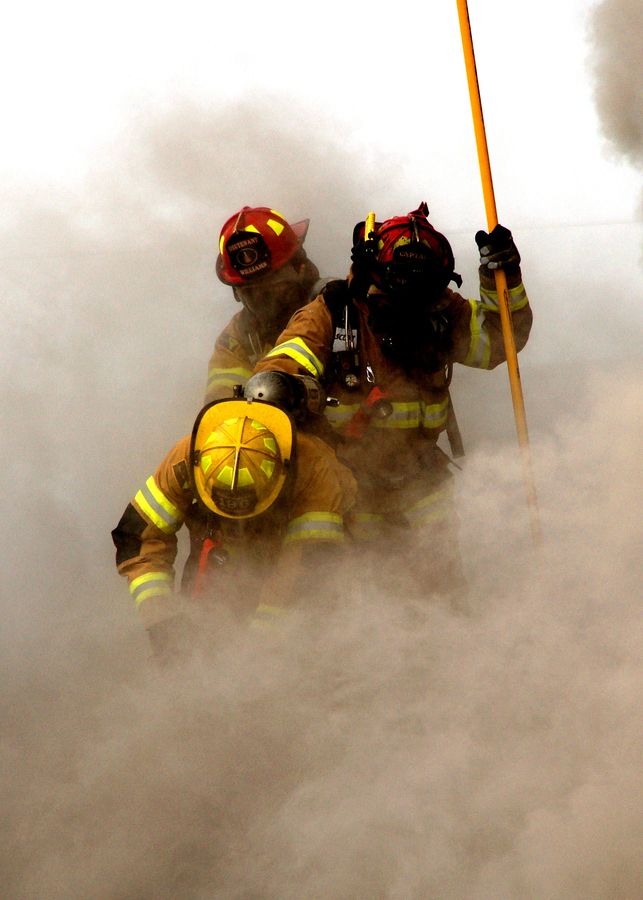 Through classroom instruction and practical training, recruits study firefighting and fire-prevention techniques, local building codes, and emergency medical procedures. They also learn how to fight fires with standard equipment, including axes, chain saws, fire extinguishers, and ladders. After attending a fire academy, firefighters must usually complete a probationary period.
Through classroom instruction and practical training, recruits study firefighting and fire-prevention techniques, local building codes, and emergency medical procedures. They also learn how to fight fires with standard equipment, including axes, chain saws, fire extinguishers, and ladders. After attending a fire academy, firefighters must usually complete a probationary period.
Those wishing to become wildland firefighters may attend apprenticeship programs that last up to 4 years. These programs combine instruction with on-the-job-training under the supervision of experienced firefighters.
In addition to participating in training programs conducted by local or state fire departments and agencies, some firefighters attend federal training sessions sponsored by the National Fire Academy. These training sessions cover topics including anti-arson techniques, disaster preparedness, hazardous materials control, and public fire safety and education.
Licenses, Certifications, and Registrations for Firefighters
Usually, firefighters must be certified as emergency medical technicians. In addition, some fire departments require firefighters to be certified as a paramedic. The National Registry of Emergency Medical Technicians (NREMT). certifies EMTs and paramedics. Both levels of NREMT certification require completing a training or education program and passing the national exam. The national exam has a computer-based test and a practical part. EMTs and paramedics may work with firefighters at the scenes of accidents.
In addition, some fire departments require firefighters to be certified as a paramedic. The National Registry of Emergency Medical Technicians (NREMT). certifies EMTs and paramedics. Both levels of NREMT certification require completing a training or education program and passing the national exam. The national exam has a computer-based test and a practical part. EMTs and paramedics may work with firefighters at the scenes of accidents.
Other Experience for Firefighters
Working as a volunteer firefighter may help in getting a job as a career firefighter.
Advancement for Firefighters
Firefighters can be promoted to engineer, then to lieutenant, captain, battalion chief, assistant chief, deputy chief, and, finally, chief. For promotion to positions beyond battalion chief, many fire departments now require applicants to have a bachelor's degree, preferably in fire science, public administration, or a related field. Some firefighters eventually become fire inspectors or investigators after gaining enough experience.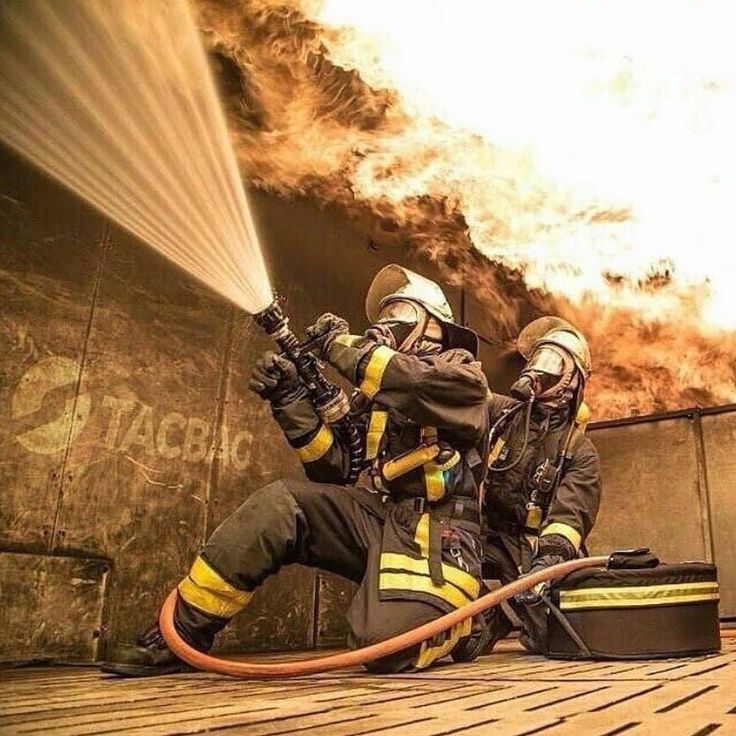
Important Qualities for Firefighters
Communication skills. Firefighters communicate conditions at an emergency scene to other firefighters and to emergency-response crews.
Compassion. Firefighters, like EMT's and paramedics, need to provide emotional support to those in emergency situations.
Courage. Firefighters' daily job duties involve dangerous situations, such as entering a burning building.
Decisionmaking skills. Firefighters must be able to make quick and difficult decisions in an emergency. The ability to make good decisions under pressure could potentially save someone's life.
Physical stamina. Firefighters may have to stay at disaster scenes for long periods of time to rescue and treat victims. Fighting fires requires prolonged use of strength.
Physical strength. Firefighters must be strong enough to carry heavy equipment and move debris at an emergency site. They also carry victims who are injured or cannot walk.
They also carry victims who are injured or cannot walk.
The median annual wage for firefighters is $50,700. The median wage is the wage at which half the workers in an occupation earned more than that amount and half earned less. The lowest 10 percent earned less than $29,030, and the highest 10 percent earned more than $81,640.
The median annual wages for firefighters in the top industries in which they work are as follows:
| Federal government, excluding postal service | $55,330 |
| State government, excluding education and hospitals | $53,800 |
| Local government, excluding education and hospitals | $51,220 |
Firefighters typically work long periods; overtime is common, and their hours vary. For example, firefighters may work 24-hour shifts on duty, followed by 48 or 72 hours off duty.
When combating forest and wildland fires, firefighters may work for extended periods.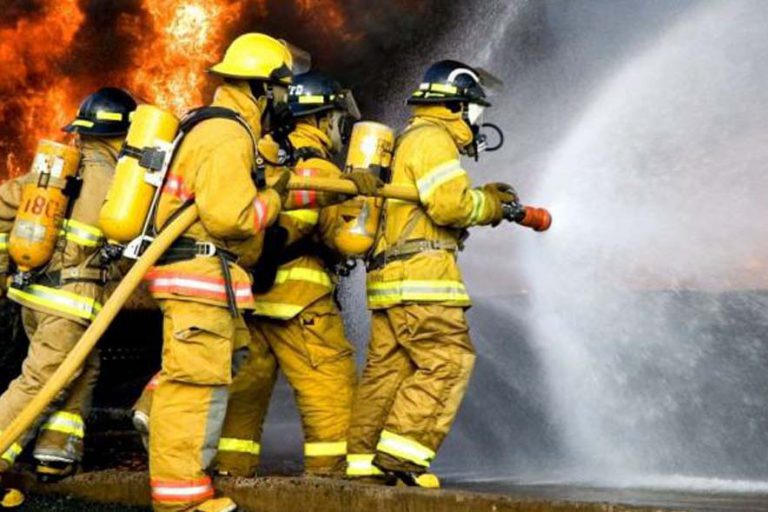 For example, wildland firefighters may have to stay for days or weeks when a wildland fire breaks out.
For example, wildland firefighters may have to stay for days or weeks when a wildland fire breaks out.
Employment of firefighters is projected to grow 4 percent over the next ten years, about as fast as the average for all occupations.
About 28,000 openings for firefighters are projected each year, on average, over the decade. Many of those openings are expected to result from the need to replace workers who transfer to different occupations or exit the labor force, such as to retire.
Employment of Firefighters
Although improved building materials and building codes have resulted in a long-term decrease in fires and fire fatalities, firefighters will still be needed to respond to fires. Wildland firefighters will still be needed to combat active fires and manage the environment to reduce the impact of fires. Firefighters will also continue to respond to medical emergencies.
| Occupational Title | Employment, 2021 | Projected Employment, 2031 | Change, 2021-31 | |
|---|---|---|---|---|
| Percent | Numeric | |||
| Firefighters | 326,100 | 340,000 | 4 | 13,900 |
A portion of the information on this page is used by permission of the U.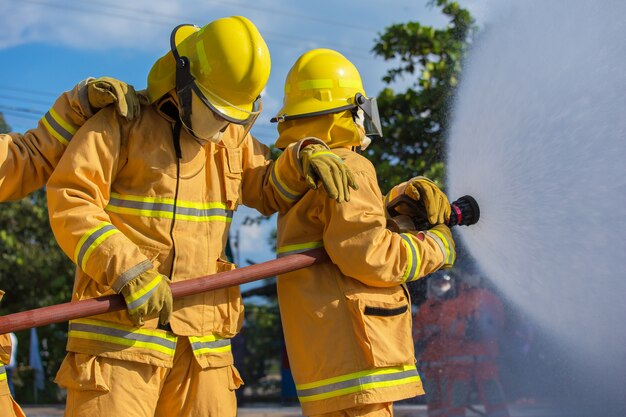 S. Department of Labor.
S. Department of Labor.
Explore more careers:
View all Careers or the Top 30 Career ProfilesFire fighting - PozhSystemStroy
Fire extinguishing - a set of measures, methods, means aimed at extinguishing a fire.
There are different types of extinguishing media:
- Primary extinguishing media are extinguishing agents in the early stage of a fire that can be used by a person without professional training. These include fire extinguishing agents and materials (water, sand, etc.), fire water supply of the building, fire equipment and tools (buckets and vats of water, sand boxes, shovels, crowbars, etc.) and fire extinguishers. nine0010
- Mobile fire extinguishers are mobile fire fighting equipment. These include fire trucks, trains, ships, aerial fire extinguishers (airplanes and helicopters), motorized fire pumps and other mobile technical equipment (trailers, tractors).
- Fire extinguishing installations (systems) are stationary extinguishing systems designed to extinguish or localize a fire by releasing special extinguishing agents.
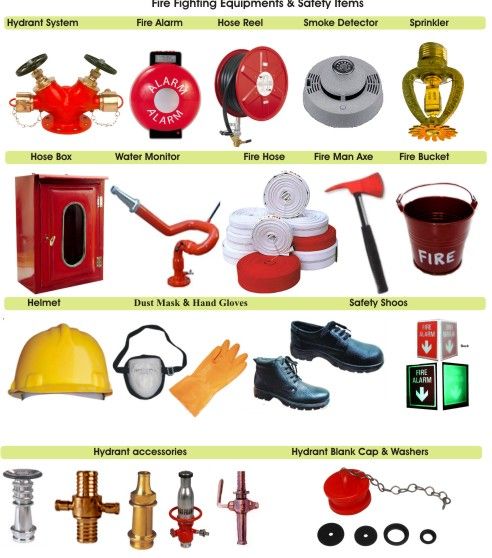
Contents
Fire-extinguishing systems
Fire-extinguishing installations differ in degree of automation, design, method of extinguishing and type of extinguishing agent.
According to the method of automation, automatic and manual fire extinguishing systems are distinguished. At the same time, automatic fire extinguishing systems, except for sprinklers, can also be switched on manually.
Automatic fire-extinguishing systems - fire-extinguishing systems that are triggered when threshold controlled values are exceeded in the protected area. The main purpose of APS systems is to extinguish a fire, in cases where elimination by primary means is not possible or the personnel is not around the clock. Read more about what you need to know about the fire safety of production facilities in this article. nine0005
Design features directly depend on the type of extinguishing agent used in the system, the fire hazard of the facility and the equipment used at the facility.
Foam fire extinguishing
Foam fire extinguishing systems - systems using foam as a fire extinguishing agent. The main characteristic of the foam is its multiplicity, that is, the ratio of the volume of foam after spraying to the volume of foam in a liquefied state. The most common foam is medium expansion (expansion from 30 to 200). nine0005
Advantages of foam fire extinguishing:
- Less water consumption compared to water.
- Due to the large multiplicity it is possible to extinguish large areas and strong fires.
- Efficiency of extinguishing flammable liquids. The foam completely covers the extinguishing surface, lowers the temperature of the burning substances to a temperature at which combustion is impossible, prevents the release of combustible gases, blocking access to burning substances.
Basically, foam fire extinguishing is used at oil refineries, warehouses storing petroleum products, due to the unsafe chemical composition of the foam, but today there are also safe foam concentrates.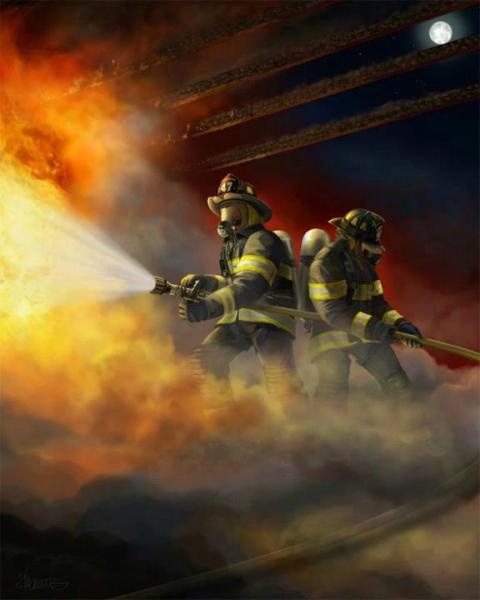
Water fire extinguishing
Water fire extinguishing systems are one of the cheapest and most popular fire extinguishing systems in which the extinguishing agent is ordinary water or water with special agents. The main advantages of this system include low cost, relatively high heat capacity of water and high specific heat of gas formation, chemical inertness with respect to most combustible substances. But water fire extinguishing also has very significant disadvantages:
- Possibility of causing great material damage by water.
- The need to build capital structures (pumps, tanks, communications, which, by the way, take up a lot of space, due to another minus - high water consumption).
- Large power consumption, which forces you to go to additional expenses to ensure uninterrupted power supply.
Gas extinguishing systems
Gas extinguishing systems are systems that use gas to extinguish a fire. According to the principle of operation, they are divided into those in which the gas displaces oxygen, eliminating the possibility of combustion, and those in which the gas enters into an inhibition (slowdown) reaction with combustion products, thereby slowing down combustion or eliminating it altogether.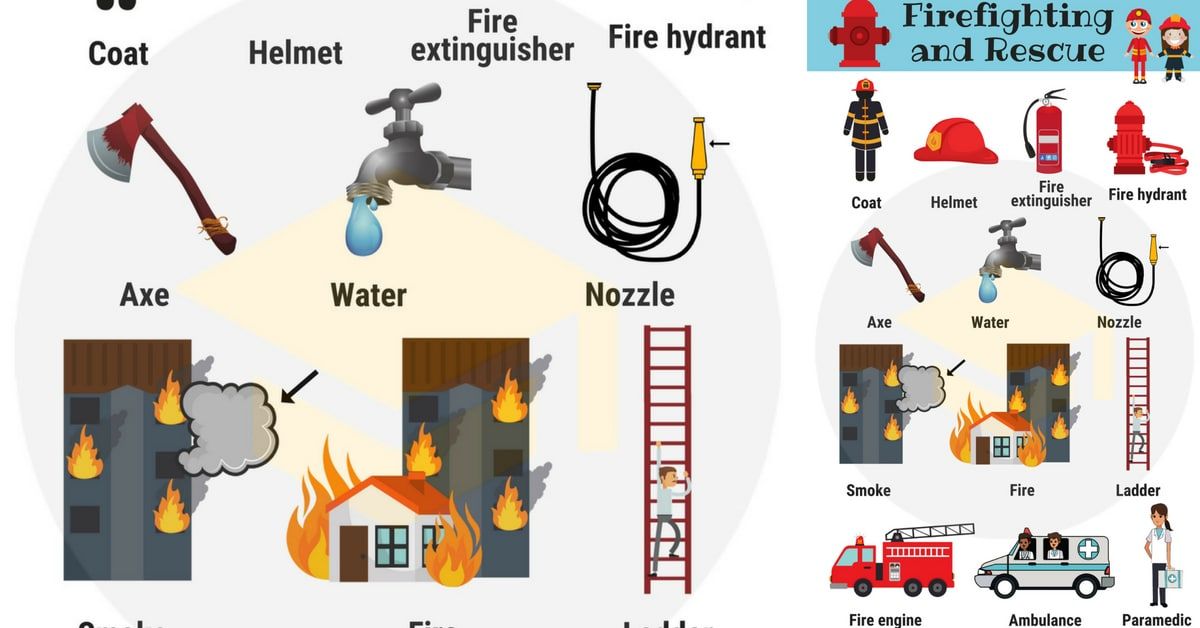 nine0003 Type 1 includes systems using nitrogen, inergen, argon, carbon dioxide. To the second - freons. Gas fire extinguishing is fatal to humans, and is used at facilities where expensive equipment, significant historical values and other objects are located, the extinguishing of which by other means will lead to significant damage (for example, server rooms, museums, libraries, storage facilities).
nine0003 Type 1 includes systems using nitrogen, inergen, argon, carbon dioxide. To the second - freons. Gas fire extinguishing is fatal to humans, and is used at facilities where expensive equipment, significant historical values and other objects are located, the extinguishing of which by other means will lead to significant damage (for example, server rooms, museums, libraries, storage facilities).
Powder fire extinguishing system
Powder fire extinguishing system is used to extinguish fires of class A, B, C, as well as when extinguishing equipment under voltage. But it is forbidden to use powder extinguishing in rooms with a large number of people, in rooms that cannot be left before the start of extinguishing, at objects with equipment that has many small contact devices and at the same time with smoke exhaust and ventilation systems. Powder is a very specific extinguishing agent, but this is its pluses; they successfully extinguish sodium, lithium and other alkali metals. nine0005
nine0005
Aerosol fire extinguishing
Aerosol fire extinguishing systems are used as extinguishing systems very successfully, but they are not applicable in a number of cases:
- When extinguishing porous, loose and other substances prone to smoldering from the inside, not on the surface of the substance.
- When extinguishing chemicals and mixtures, the combustion of which is possible without air access.
- When extinguishing pyrophoric substances (substances that, when crushed, are capable of self-ignition), metal hydrides and powdered metals. nine0010
- When the purpose of extinguishing is a place of mass stay of people (from 50 people) or a place that cannot be left before the start of the extinguishing system.
- It is forbidden to install aerosol fire extinguishing generators having a temperature of more than 400 degrees Celsius at a distance of 15 cm from the generator in buildings of 3 and lower fire resistance.
Fine mist fire extinguishing
Fine mist fire extinguishing is water spray extinguishing.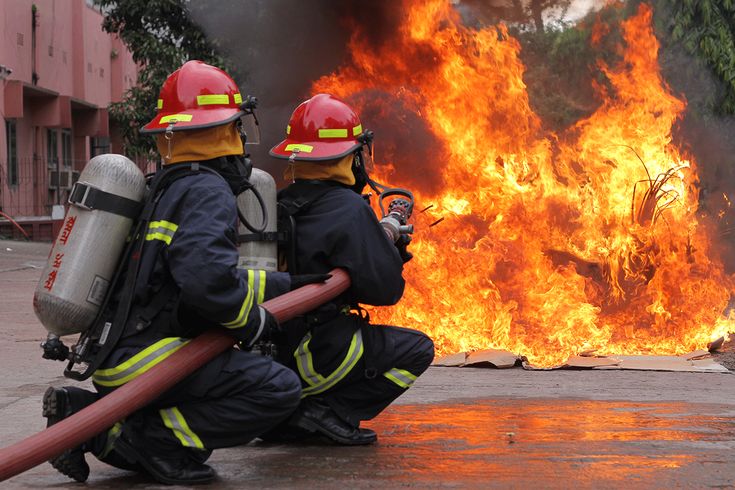 We can say that this is an improved fire extinguishing system, in which, thanks to fine atomization, some of the disadvantages of the predecessor have been eliminated:
We can say that this is an improved fire extinguishing system, in which, thanks to fine atomization, some of the disadvantages of the predecessor have been eliminated:
- Significantly lower water consumption.
- As a result of the first, less damage from spilled water and less volume occupied by tanks.
- Higher efficiency. The total surface area of droplets during spraying is much higher than the area of the jet, which provides faster heat transfer, and as a result, faster fire extinguishing. And also with faster evaporation, steam displaces oxygen, eliminating combustion conditions.
AUPT. Fire extinguishing systems.
Automatic fire extinguishing installation (AUPT) - fire extinguishing installation that automatically operates when threshold values are exceeded in the coverage area.
Fire extinguishing installation - a set of stationary technical means for extinguishing a fire by releasing a fire extinguishing agent.
Water fire extinguishing systems are most often used to extinguish fires by surface method at various facilities: warehouses, trade facilities, hotels, etc. An indisputable advantage of such systems is environmental friendliness. nine0005
One of the most effective fire extinguishing methods is water extinguishing. Compared to other methods: powder, aerosol or gas fire extinguishing, water is the safest, most reliable and cheap fire extinguishing agent. Currently, up to 90% of all fires are extinguished with water.
Nevertheless, traditional water fire extinguishing installations (sprinkler and deluge) are not without a number of significant drawbacks:
-
high water consumption for extinguishing (more than 0.08 l/s per sq.m)
-
possibility of causing additional damage due to flooding of premises and material assets
-
the need for the construction of capital engineering structures (pumping and drainage stations, reservoirs for storing reserve water, drainage structures)
-
the need to provide power supply of high power according to the I category of reliability
-
complex regulations and high maintenance costs for fire extinguishing installations
The water mist fire extinguishing technology, based on the elimination of fire with water droplets with an effective diameter of not more than 100 microns, is deprived of these shortcomings.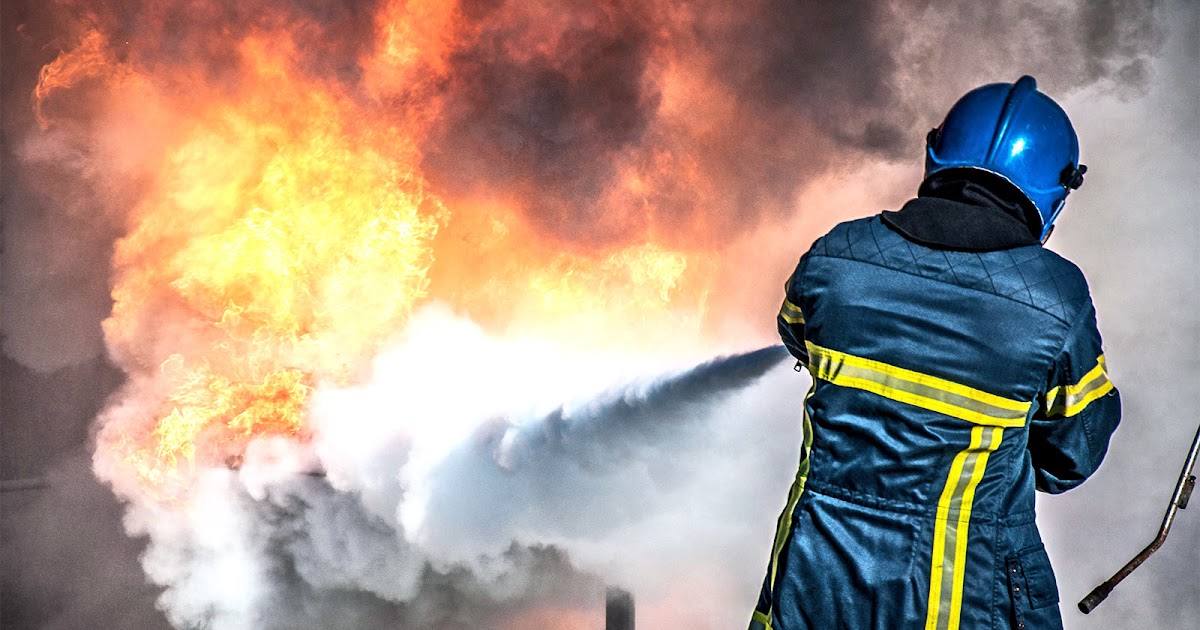
In traditional water fire extinguishing systems, the diameter of the droplets that fall on the fire source is about 0.4 ... 2.0 mm. This leads to the fact that about 30% of the water goes, in fact, to extinguish the fire, and the rest is spilled and does not participate in the extinguishing process. However, when the size of the water drop decreases to less than 100 µm, the fire extinguishing mechanism changes significantly. Possessing a high penetrating and cooling ability, finely dispersed water (water mist) allows you to reliably extinguish fires with a small consumption of extinguishing agent. This allows, without any negative consequences, to extinguish fires in archives, libraries and museums, which is confirmed by special tests. As practice shows, finely atomized water effectively absorbs solid smoke particles. There is evidence of the successful use of water mist in extinguishing electrical installations under voltage of 35 kV without accidental consequences.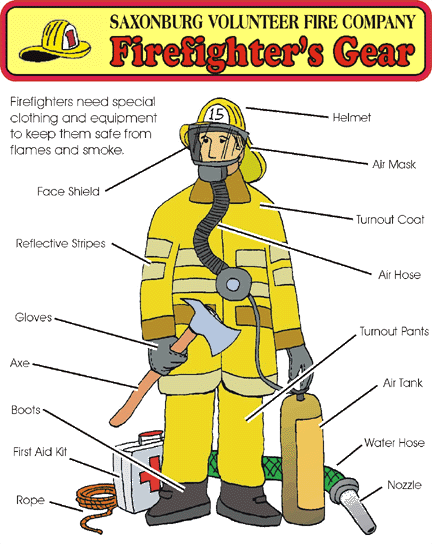 nine0005
nine0005
Sprinkler fire extinguishing system is a piping system, permanently filled with fire extinguishing agent, equipped with special nozzles, sprinklers, the light nozzle of which, opening at the initial stage of ignition, ensures the supply of extinguishing agent to the fire source.
In the event of a fire, sprinkler systems start extinguishing regardless of whether people are in the premises or they are not there. Structurally, fire extinguishing installations are a network of pipes mounted under the ceilings of the trading floor, office premises of the restaurant, as well as storage and auxiliary premises with sprinklers that open when the temperature rises. If the area is large, then the sprinkler network is divided into separate sections, with each network served by a separate control and alarm valve. nine0005
Heated rooms are equipped with water sprinkler fire extinguishing systems, the pipelines of which are always filled with water. After the opening of one or another number of sprinklers, water in the form of fragmented jets is supplied to the source of ignition. During the first minutes of a fire, water flows from an automatic water feeder, and then the control and signal valve turns on fire pumps that supply the calculated amount of water necessary to extinguish the fire.
After the opening of one or another number of sprinklers, water in the form of fragmented jets is supplied to the source of ignition. During the first minutes of a fire, water flows from an automatic water feeder, and then the control and signal valve turns on fire pumps that supply the calculated amount of water necessary to extinguish the fire.
Deluge system is an automatic water fire extinguishing system designed for especially fire hazardous objects.
The system is built as follows:
-
supply pipeline (pumping station pipeline) filled with water or aqueous solution, all other pipelines are not filled (air)
-
The system is equipped with deluge sprinklers (open, without thermal element) and deluge valves of models DV-1, DV-5 and AVD502A, AVD651D, AVD755A
System actuated by one or more (double interlock) starting systems:
-
from wet sprinkler system (wet start)
-
from dry sprinkler system (dry run)
-
from the fire alarm system (electric start)
These systems are usually used to protect especially fire and explosion hazardous objects, where fire spreads at high speed.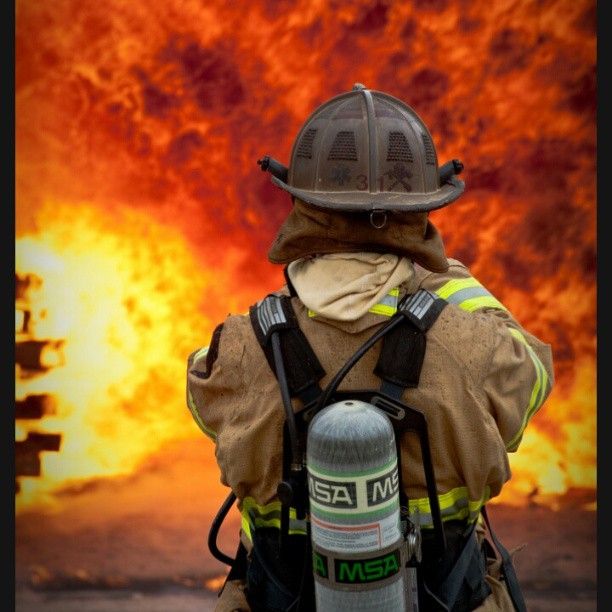 As a rule, these are premises or entire facilities for the production or storage of flammable materials, spray booths, hydroelectric or nuclear power plants, and other special facilities. nine0005
As a rule, these are premises or entire facilities for the production or storage of flammable materials, spray booths, hydroelectric or nuclear power plants, and other special facilities. nine0005
Also, deluge systems are used as deluge curtains, which ensure that the “wall of the fire extinguishing agent” (for example, water) is cut off from the room where the fire has occurred from other rooms of the building. Examples: door or other openings in the premises of parking lots and enterprises, atriums of commercial, administrative, hotel or other complexes, etc.
The powder extinguishing systems are designed for automatic fire detection, fire notification to on-duty personnel, automatic localization and fire extinguishing. The principle of operation is the supply of a finely dispersed powder composition to the combustion zone. nine0005
Extinguishing methods:
In accordance with fire safety regulations, automatic powder fire extinguishing installations are installed in public, administrative, industrial and storage buildings, technological installations, electrical installations. The powder composition has a minimal impact on the protected products, materials, equipment.
The powder composition has a minimal impact on the protected products, materials, equipment.
It is possible to combine powder fire extinguishing installations with complex security systems of the facility, technological equipment, fire alarm installations, smoke removal systems, ventilation. nine0005
According to the method of control, powder fire extinguishing installations are divided into:
-
automatic powder fire extinguishing installations - fire detection is carried out by giving a signal from an automatic fire alarm, followed by a signal to start AUPPT
-
powder fire extinguishing installations with manual start (local, remote) - the signal to start the automatic powder fire extinguishing installation is carried out manually from the fire post, fire extinguishing station, protected premises
-
stand-alone units - fire detection and powder formulation functions independent of external power and control
According to the method of storing the fire extinguishing agent, powder fire extinguishing installations are divided into:
-
modular type powder fire extinguishing installations - the functions of storing and supplying the fire extinguishing powder composition to the source of fire are performed by powder fire extinguishing modules located directly in the protected premises
-
powder fire extinguishing installations with centralized storage (powder composition is stored centrally), and its distribution and supply to the source of ignition is carried out through distribution pipelines laid in protected premises
Gas extinguishing systems are designed to detect a fire in the entire controlled area of the premises, supply fire extinguishing gas and alert about a fire.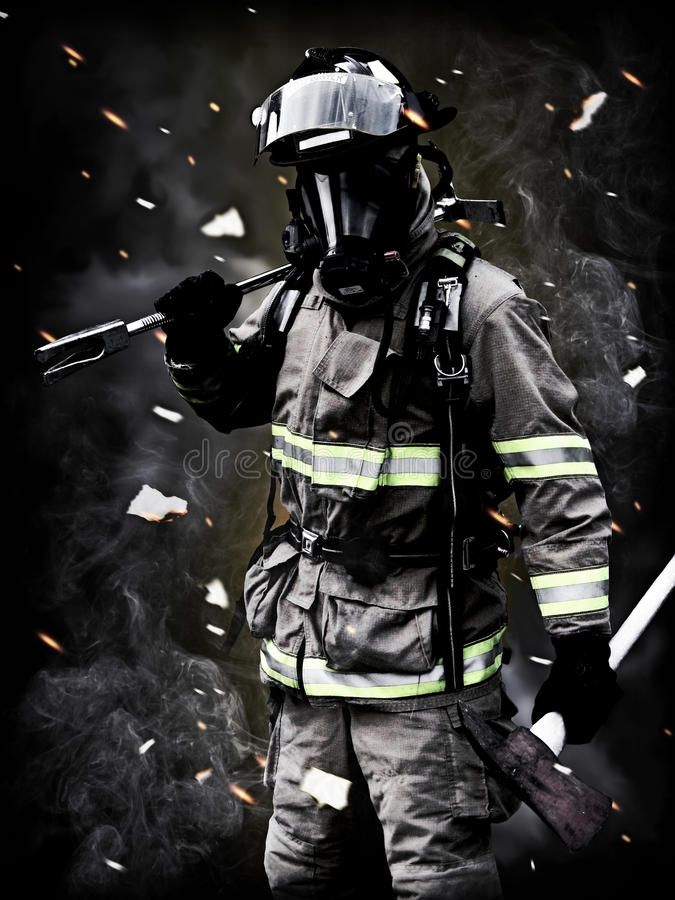 Gas fire extinguishing installations are capable of extinguishing a fire at any point in the volume of the protected premises. Gas fire extinguishing, unlike water, aerosol, foam and powder, does not cause corrosion of the protected equipment, and the consequences of its use can be easily eliminated by simple ventilation. At the same time, unlike other systems, gas fire extinguishing installations do not freeze and are not afraid of heat. They work in the temperature range: from -40° to +50°C. Gas extinguishing systems can be used to extinguish fires and ignite electrical equipment that is energized. nine0005
Gas fire extinguishing installations are capable of extinguishing a fire at any point in the volume of the protected premises. Gas fire extinguishing, unlike water, aerosol, foam and powder, does not cause corrosion of the protected equipment, and the consequences of its use can be easily eliminated by simple ventilation. At the same time, unlike other systems, gas fire extinguishing installations do not freeze and are not afraid of heat. They work in the temperature range: from -40° to +50°C. Gas extinguishing systems can be used to extinguish fires and ignite electrical equipment that is energized. nine0005
Applications:
-
Computer rooms
-
Warehouses
-
Switching and television equipment
-
Technological equipment
-
All areas with sensitive or irreplaceable electronic equipment
-
Gas pumping stations, diesel generators
-
Protection of cultural property
-
Marine vessels
-
Oil loading complexes Premises saturated with electrical wiring
-
Premises with expensive equipment
-
Explosive environments
-
Cash depositories, archives, libraries
Main advantages of gas extinguishing modules:
-
extinguishing occurs throughout the volume of the room
-
does not deplete the ozone layer
-
does not contain toxic components
-
does not thermally decompose, does not form corrosive and toxic products in contact with fire
-
the use of gas is completely safe for sensitive electronic equipment, cultural and historical property, archives, etc.
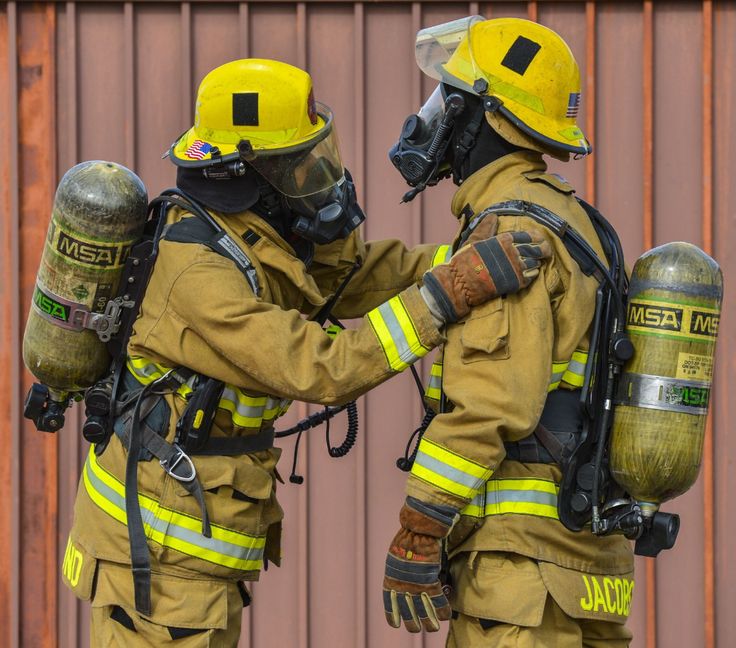
-
extinguishing fires takes 10-30 seconds
does not cause static electricity when unloading
-
does not cause significant pressure drops because it is stored and discharged as a dry gas
-
gas systems are able to provide independent protection of several rooms at once from one battery of cylinders, using selector valves (there are installations where up to 40 rooms are protected from one battery)
-
gas cylinders can be installed up to 150 meters from the protected area
-
inexpensive cylinder refilling can be carried out anywhere in the world, since it does not require special equipment
The principle of operation of gas fire extinguishing installations is based on the reduction of oxygen concentration due to the entry of non-combustible gas into the reaction zone.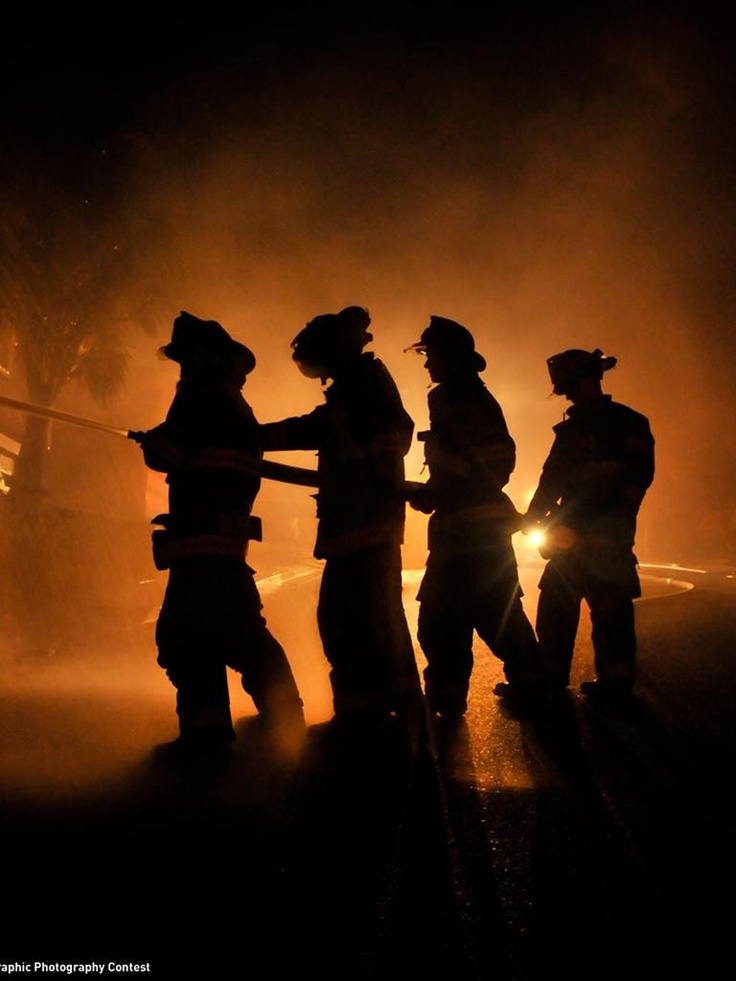

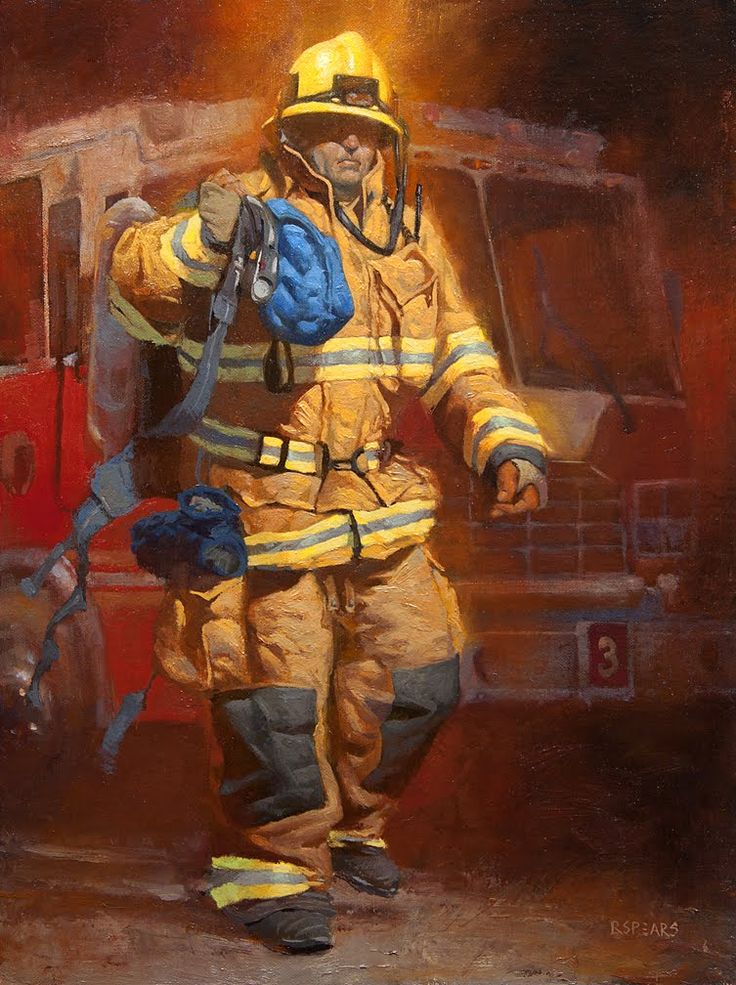 S. Bureau of Labor Statistics, Employment Projections program
S. Bureau of Labor Statistics, Employment Projections program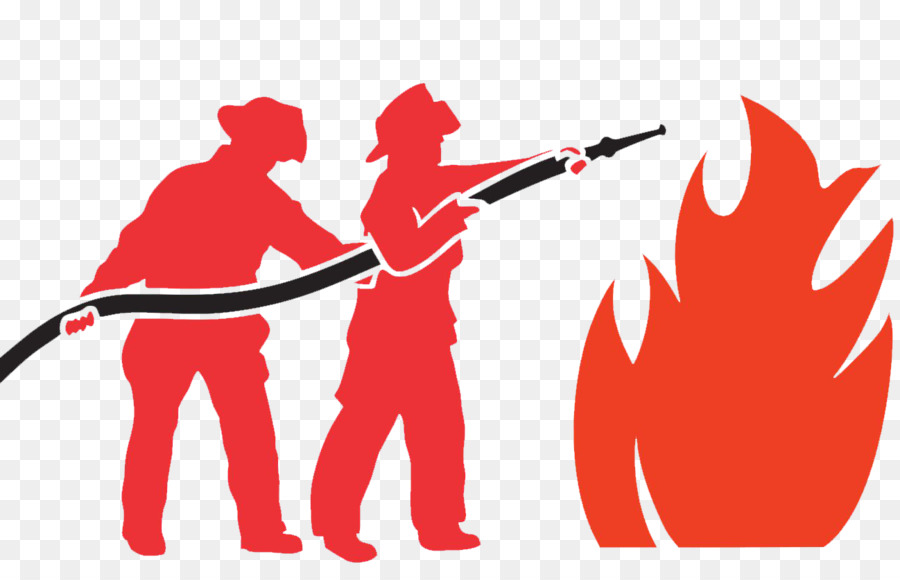

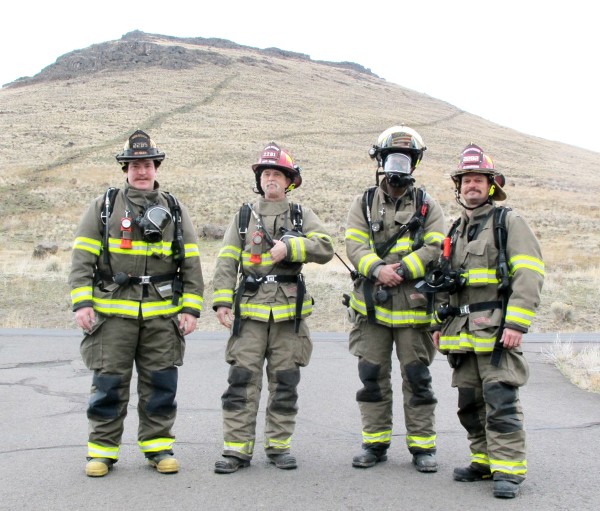 Detectives and criminal investigators gather facts and collect evidence of possible crimes.
Detectives and criminal investigators gather facts and collect evidence of possible crimes.









